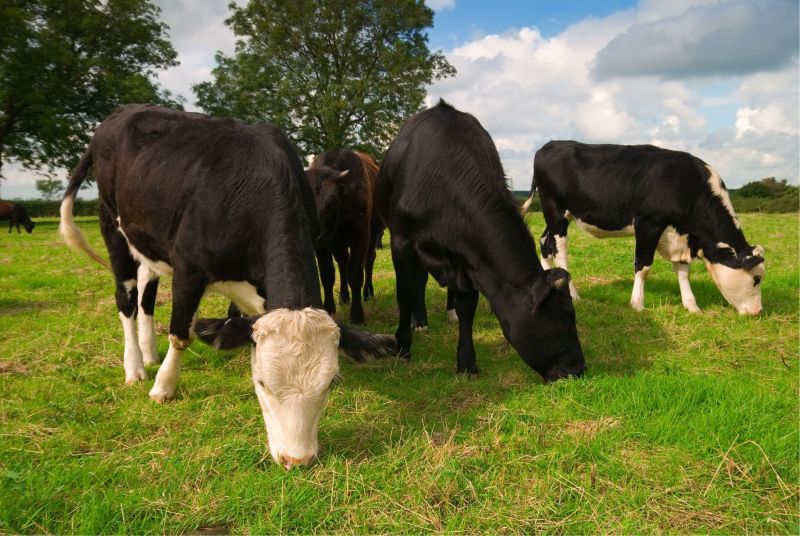
Technical efficiencies made over the past decade are 'crucial' to the long-term financial viability of the livestock sector in the UK.
This is according to the latest market commentary by Quality Meat Scotland (QMS), who say efficiencies also contribute significantly to the challenge of reducing emissions and improving sustainability.
Over the past decade, basic census data shows the breeding sheep population in Scotland has fallen by around 5% and the breeding cow herd has fallen 5%.
However, growth in the dairy herd masks a fall of nine percent in the beef cow herd.
In contrast, and despite restructuring in the pig slaughter sector in Scotland, over the past decade breeding sow numbers have increased by 8%.
According to Stuart Ashworth, QMS Director of Economics Services, basic statistics do, however, hide some of the technical efficiencies that the sector has driven through.
“While the dairy herd shows growth in females that have calved, the number of dairy females over two-years-old without calves has significantly reduced suggesting a continued move to calving at a younger age over the past decade,” said Mr Ashworth.
“A similar pattern appears in the beef cow sector,” added Mr Ashworth. “Despite a decline in cow numbers, the number of over two-year-old females without calves has fallen faster suggesting a higher proportion have already had a calf.”
Similarly, over the past decade the average age at which prime cattle produced in Scotland are slaughtered has been reduced.
“This has been a slow process and from one year to another, the change is very small,” said Mr Ashworth. “However, over a decade the movements become significant at around two weeks or around 2-3%.”
Meanwhile, carcases have become around 10-15kg heavier over the past decade and for some this has resulted in a higher proportion of carcases becoming too heavy for the premium retail market.
After reversing some of this growth from 2016 to 2018, carcase weights have been edging higher again for the past eighteen months.
Nevertheless, according to Mr Ashworth, beef producers have improved technical efficiency slowly over the past decade.
“The push for further technical efficiencies associated with animal growth rates and feed efficiencies will not diminish in the next decade as, among other things, they contribute significantly to the challenge of reducing greenhouse gas emissions and improving environmental sustainability,” he said.
“This technical efficiency is also crucial to long-term financial viability. Cost and revenue movements over the past decade show input costs to have risen faster than sale prices for cattle, sheep and pigs.
“Without efficiency improvements to reduce the quantity of inputs needed per kg of meat produced margins have, and will continue to, come under long term pressure,” he added.
The past decade equally illustrates how the red meat supply chain has delivered for consumers.
“Over the past decade, according to the ONS, the consumer prices index has increased by around 25% and the retail price index by around one-third,” said Mr Ashworth.
“The same official data source indicates that the retail price of beef has increased by around 20% and pork has increased by around 10% over the same period, both well below the general level of inflation offering considerable value for money for consumers.
“Only lamb has seen a retail price movement over the past decade of more than the rate of overall consumer inflation which will have contributed to the challenge of building retail sales of lamb,” he said.
